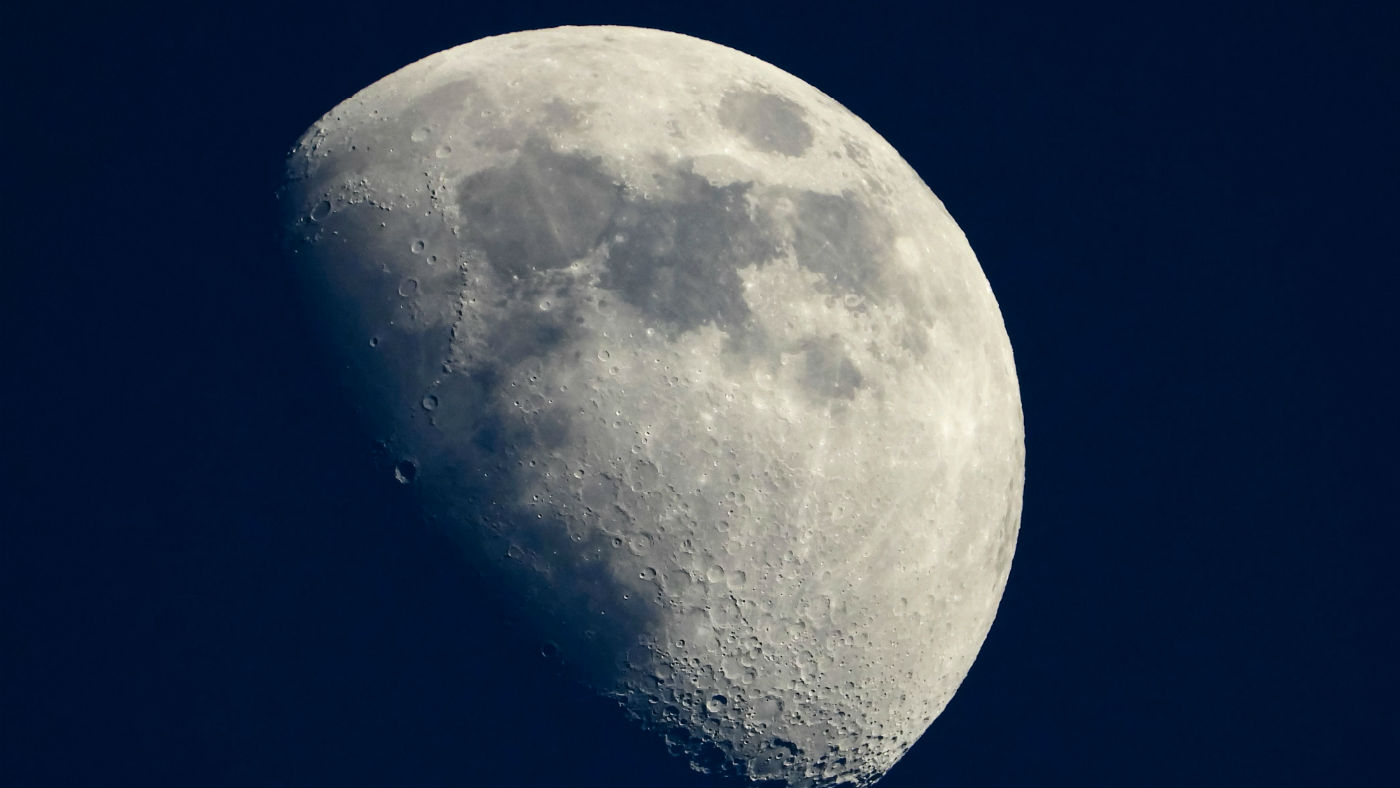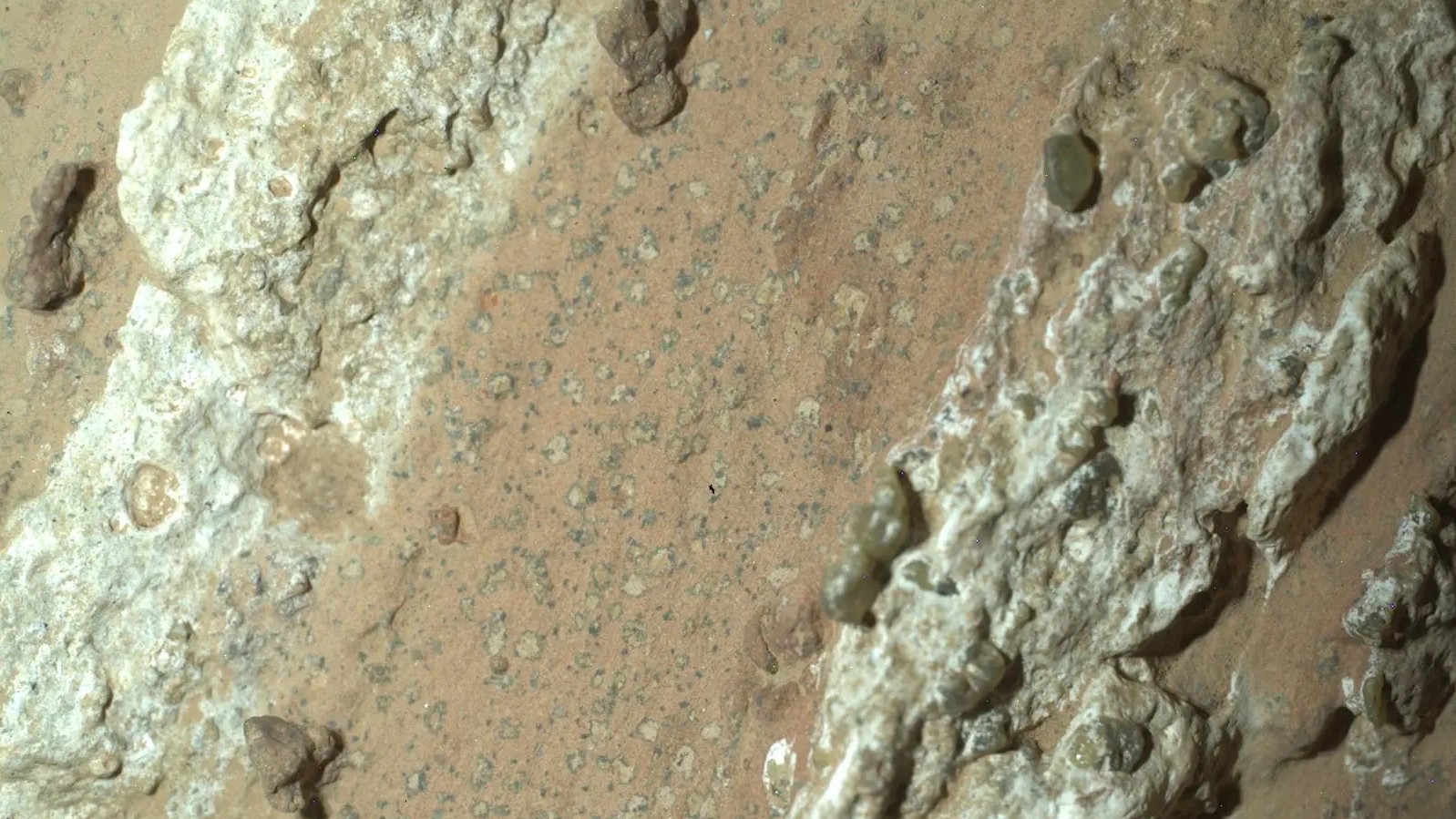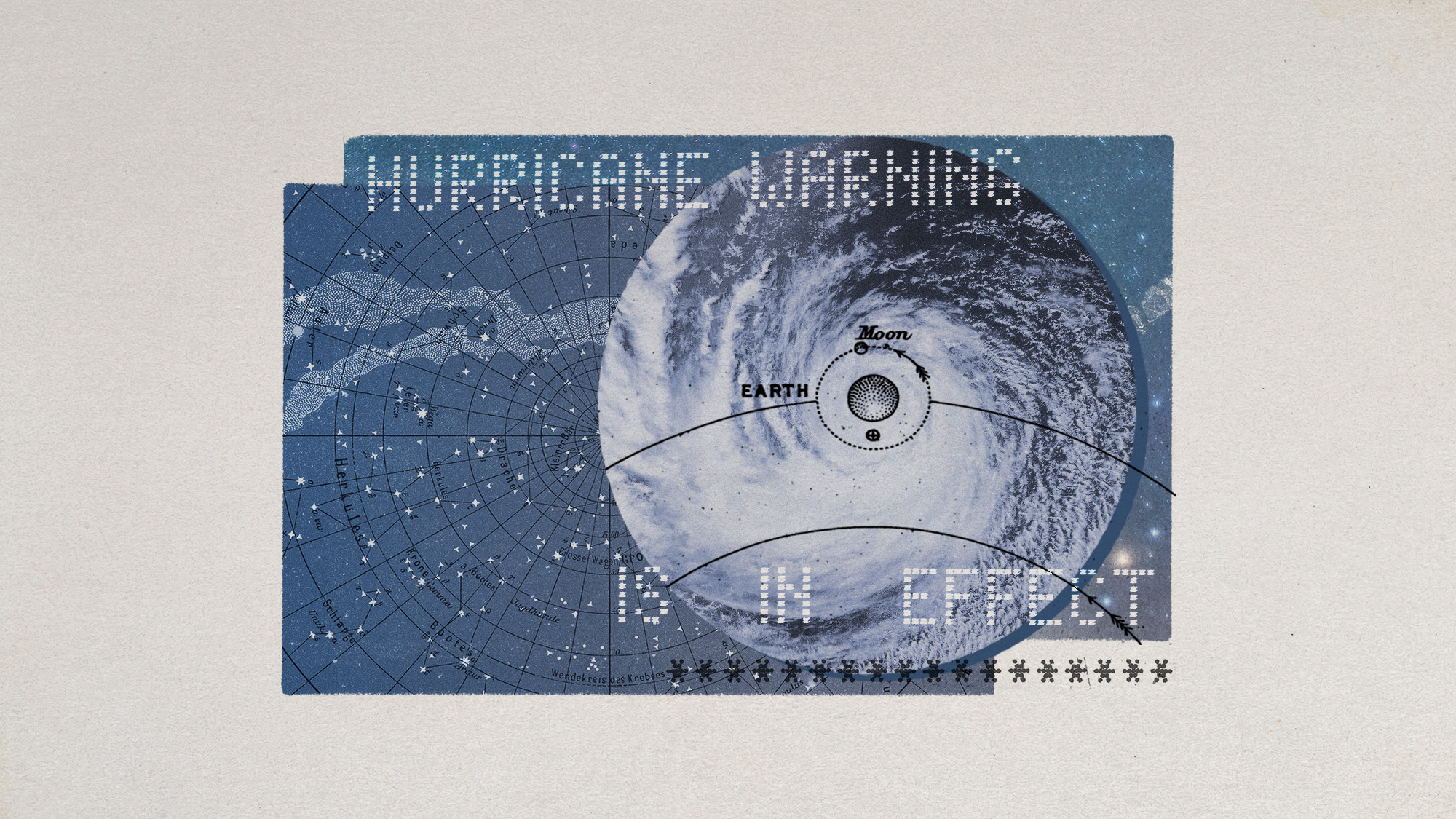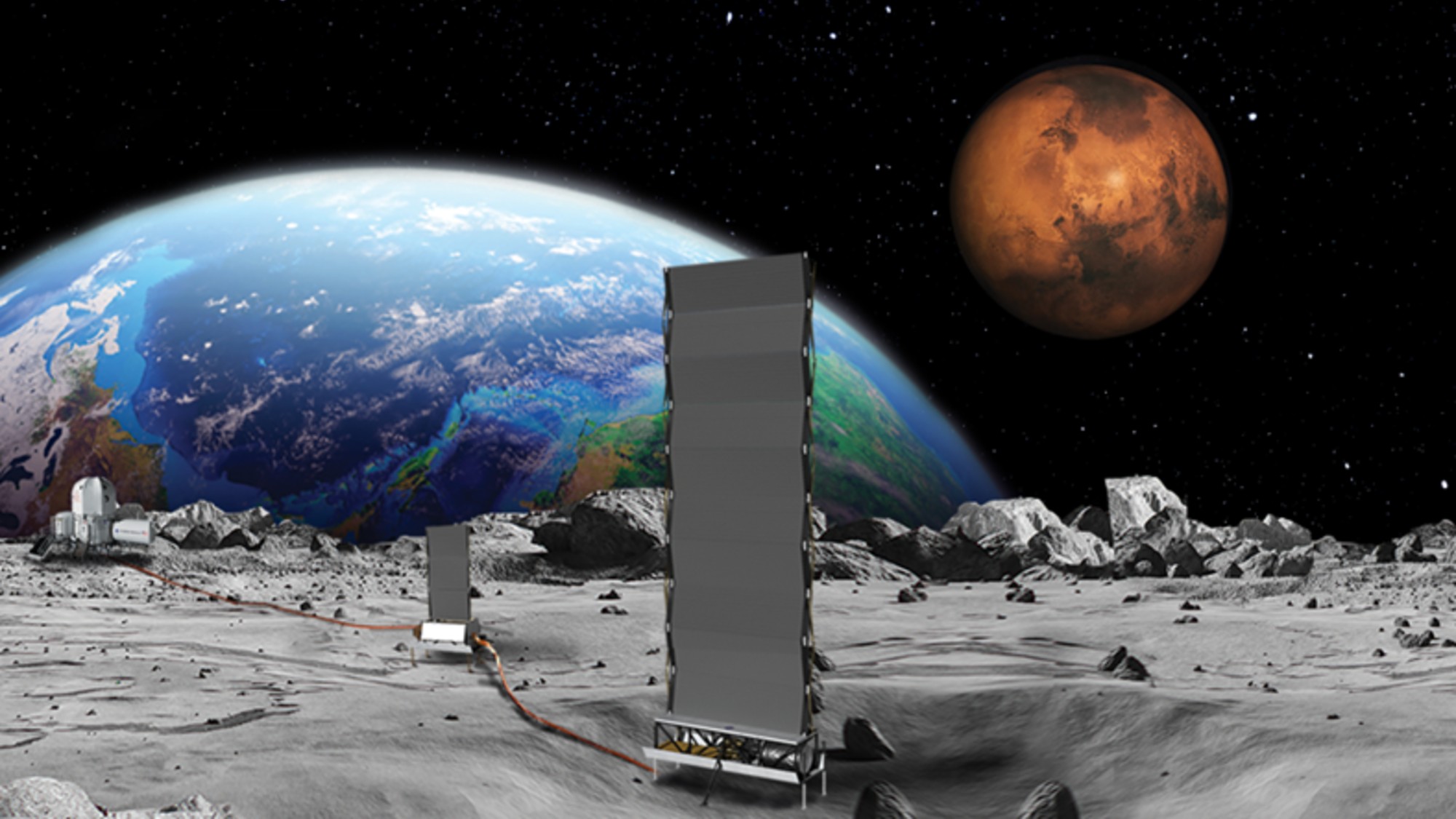Rolls-Royce gets £2.9m for ‘James Bond’ Moon project
British engineering giant tasked with creating a nuclear reactor to power a lunar base for scientists

Rolls-Royce has been awarded funding by the UK Space Agency to build a nuclear reactor to power a base on the Moon.
The idea “might sound like the setup of a James Bond film”, said Sky News, but is “part of a very real-world project that aims to see humans living and working on the lunar surface”.
Experts told The Guardian that nuclear power could “dramatically increase the length of lunar missions”, providing enough energy for communications, life-support and experiments.
The Week
Escape your echo chamber. Get the facts behind the news, plus analysis from multiple perspectives.

Sign up for The Week's Free Newsletters
From our morning news briefing to a weekly Good News Newsletter, get the best of The Week delivered directly to your inbox.
From our morning news briefing to a weekly Good News Newsletter, get the best of The Week delivered directly to your inbox.
Rolls-Royce plans to have a reactor ready to send to the Moon by 2029. The UK Space Agency has announced £2.9m of new funding for the project, which will deliver an initial demonstration of a UK lunar modular nuclear reactor. The cash injection follows a £249,000 study funded by the UK Space Agency last year.
Dr Paul Bate, chief executive of the UK Space Agency, said: “This innovative research by Rolls-Royce could lay the groundwork for powering continuous human presence on the moon, while enhancing the wider UK space sector, creating jobs and generating further investment.”
Work on the lunar base comes as humans prepare to return to the Moon for the first time in more than 50 years. “As humanity begins to venture back into space”, said Gizmodo, the “technology that moves us throughout the solar system will be a pivotal part of that journey”.
With dozens of lunar missions due to launch over the next decade, the European Space Agency wants to give the Moon its own time zone and is collaborating with other space agencies including Nasa in a “joint international effort” to determine what a lunar time zone might look like, said Axios.
A free daily email with the biggest news stories of the day – and the best features from TheWeek.com
Across the Atlantic, Nasa recently announced funding for a nuclear-powered rocket that could “cut journey times to Mars from seven months to just 45 days”, the Independent reported.
Chas Newkey-Burden has been part of The Week Digital team for more than a decade and a journalist for 25 years, starting out on the irreverent football weekly 90 Minutes, before moving to lifestyle magazines Loaded and Attitude. He was a columnist for The Big Issue and landed a world exclusive with David Beckham that became the weekly magazine’s bestselling issue. He now writes regularly for The Guardian, The Telegraph, The Independent, Metro, FourFourTwo and the i new site. He is also the author of a number of non-fiction books.
-
 Political cartoons for December 20
Political cartoons for December 20Cartoons Saturday’s political cartoons include drowning rats, the ACA, and more
-
 5 fairly vain cartoons about Vanity Fair’s interviews with Susie Wiles
5 fairly vain cartoons about Vanity Fair’s interviews with Susie WilesCartoon Artists take on demolition derby, alcoholic personality, and more
-
 Joanna Trollope: novelist who had a No. 1 bestseller with The Rector’s Wife
Joanna Trollope: novelist who had a No. 1 bestseller with The Rector’s WifeIn the Spotlight Trollope found fame with intelligent novels about the dramas and dilemmas of modern women
-
 Blue Origin launches Mars probes in NASA debut
Blue Origin launches Mars probes in NASA debutSpeed Read The New Glenn rocket is carrying small twin spacecraft toward Mars as part of NASA’s Escapade mission
-
 The moon is rusting
The moon is rustingUnder the radar The Earth is likely to blame
-
 Panspermia: the theory that life was sent to Earth by aliens
Panspermia: the theory that life was sent to Earth by aliensUnder The Radar New findings have resurfaced an old, controversial idea
-
 NASA reveals ‘clearest sign of life’ on Mars yet
NASA reveals ‘clearest sign of life’ on Mars yetSpeed Read The evidence came in the form of a rock sample collected on the planet
-
 SpaceX breaks Starship losing streak in 10th test
SpaceX breaks Starship losing streak in 10th testspeed read The Starship rocket's test flight was largely successful, deploying eight dummy satellites during its hour in space
-
 NASA is moving away from tracking climate change
NASA is moving away from tracking climate changeThe Explainer Climate missions could be going dark
-
 Hurricanes are not exclusive to Earth. They can happen in space.
Hurricanes are not exclusive to Earth. They can happen in space.Under the radar These storms may cause navigational problems
-
 Why does the US want to put nuclear reactors on the moon?
Why does the US want to put nuclear reactors on the moon?Today's Big Question The plans come as NASA is facing significant budget cuts